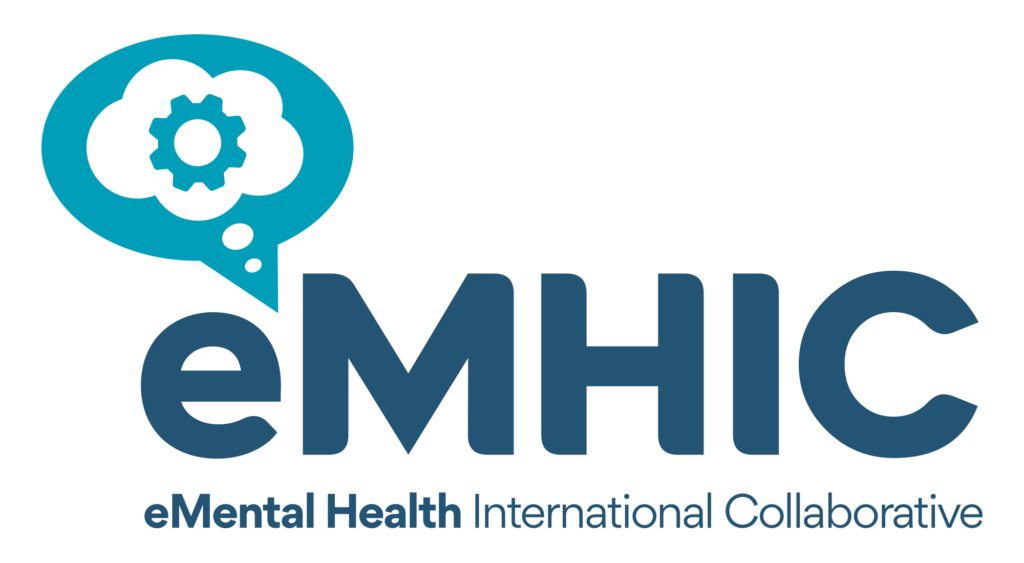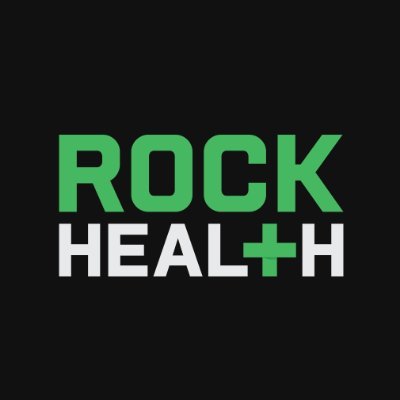Digital health, including digital mental health, has moved from being a novel concept to being firmly cemented as part of everyday healthcare delivery. Rock Health‘s 2022 Digital Health Consumer Adoption Survey examined responses from USA-based adults to better understand “consumers’ attitudes toward and behaviours surrounding digital health.1″
Survey results showed that the vast majority (8 out of 10) of respondents had accessed telemedicine care in the past – evidence that digital health initiatives are well-entrenched across society.
Digital mental health care platforms were a preferred option for a significant proportion of respondents with 38% preferring “telemedicine versus in-person care” when seeking mental health support.
Footnotes
- Respondents are census-matched by gender, age, U.S. region (Northeast, Midwest, South, West), race/ethnicity, and annual household income.
- Telemedicine use was analyzed by respondents’ self-reported gender, sexual orientation, transgender identity, race/ethnicity, area description, annual household income, and insurance status.
- Race and ethnicity response options included: American Indian or Alaska Native; Asian; Black or African-American; Hawaiian Native or Pacific Islander; Hispanic or Latino/a/x; White; Other; Prefer not to disclose. Respondents could select multiple responses.
- “LGBQA+” includes respondents who self-identify as lesbian, gay, queer, and other non-heterosexual identities. In the Survey, we asked a question about transgender identity separate from questions about sexual orientation and gender identity.
- Equip is a Rock Health portfolio company.
- Rural respondents continue to bear the brunt of internet inequity; in 2022, respondents living in rural areas reported using live phone telemedicine (51%) at greater rates than they used any other telemedicine modality.
- Consumers were asked whether they owned a “wearable device or smartwatch.”
- Other demographic variables that were controlled for were respondent age, gender, income, education, race/ethnicity, and insurance status.
- (OR:2.14; CI:1.11-4.13; p<0.05)
- Two percent of respondents answered “None of these”.
- Due to methodological changes in 2021’s survey design of this question, 2021 survey data has been excluded.




